 W
WAlbert VII was the ruling Archduke of Austria for a few months in 1619 and, jointly with his wife, Isabella Clara Eugenia, sovereign of the Habsburg Netherlands between 1598 and 1621. Prior to this, he had been a cardinal, archbishop of Toledo, viceroy of Portugal and Governor General of the Habsburg Netherlands. He succeeded his brother Matthias as reigning archduke of Lower and Upper Austria, but abdicated in favor of Ferdinand II the same year, making it the shortest reign in Austrian history.
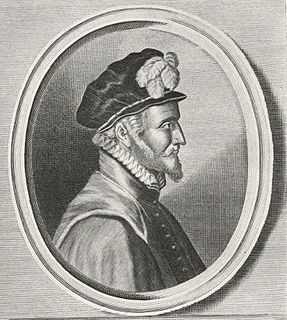 W
WFadrique Álvarez de Toledo y Enríquez de Guzmán, 4th Duke of Alba, Grandee of Spain,, , was a commander in the Spanish army during the Eighty Years' War.
 W
WFernando Álvarez de Toledo y Pimentel, 3rd Duke of Alba, known as the Grand Duke of Alba in Spain and Portugal and as the Iron Duke in the Netherlands, was a Spanish noble, general and diplomat. He was titled the 3rd Duke of Alba de Tormes, 4th Marquess of Coria, 3rd Count of Salvatierra de Tormes, 2nd Count of Piedrahita, 8th Lord of Valdecorneja, Grandee of Spain and a Knight of the Order of the Golden Fleece. His motto in Latin was Deo patrum nostrorum.
 W
WAlfonso Pérez de Vivero, Count of Fuensaldaña, was a Spanish soldier, nobleman and officeholder.
 W
WPedro Henriquez d'Azevedo y Alvarez de Toledo, Count of Fuentes de Valdepero was a Spanish general and statesman.
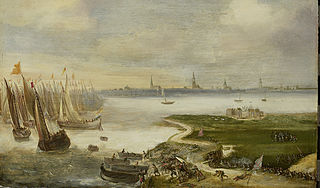 W
WDon Íñigo de Borja y Velasco (1575–1622) was a Spanish nobleman and military commander who served as governor of Antwerp Citadel.
 W
WJuan de Jáuregui was killed trying to assassinate Prince William I of Orange. He was a Biscayan by his birth in Bilbao.
 W
WLuis de Velasco y Velasco, 2nd Count of Salazar, 1st Marquess of Belvedere,, was a Spanish military commander during the French Wars of Religion and the Eighty Years' War.
 W
WJuan de Mancicidor was secretary of state and war to the Archduke Albert from 1596 to his death in 1618.
 W
WFrancisco López de Mendoza y Mendoza, in the literature often simply referred to as Francisco de Mendoza, was a Spanish nobleman, diplomat, general, and eventually bishop, who briefly played an important role in the Eighty Years' War.
 W
WCristóbal de Mondragón y Mercado (1514–1596) was a Spanish general during the Eighty Years' War.
 W
WDom Manuel de Moura Corte-Real, 2nd Marquis of Castel Rodrigo,, , was Governor of the Habsburg Netherlands from 1644 to 1647.
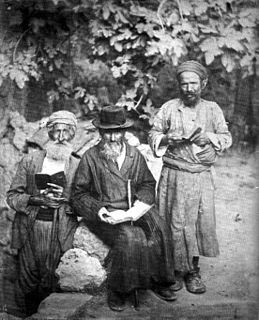 W
WJoseph Nasi, known in Portuguese as João Micas, was a Portuguese Sephardi diplomat and administrator, member of the House of Mendes/Benveniste, nephew of Dona Gracia Mendes Nasi, and an influential figure in the Ottoman Empire during the rules of both Sultan Suleiman I and his son Selim II. He was a great benefactor of the Jewish people.
 W
WPhilip II also known as "Philip the Prudent" was King of Spain (1556–1598), King of Portugal, King of Naples and Sicily, and jure uxoris King of England and Ireland. He was also Duke of Milan from 1540. From 1555 he was Lord of the Seventeen Provinces of the Netherlands.
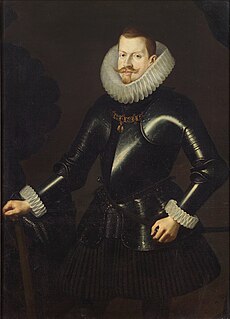 W
WPhilip III was King of Spain. He was also, as Philip II, King of Portugal, Naples, Sicily and Sardinia and Duke of Milan from 1598 until his death in 1621.
 W
WJulián Romero de Ibarrola was a Spanish military commander in the 16th century. He was one of the few common soldiers in the Spanish army to reach the rank of Maestre de Campo.
 W
WEmanuel Sueyro (1587–1629), Lord of Voorde, Knight of Christ, was an intelligence agent and historian in the 17th-century Habsburg Netherlands.
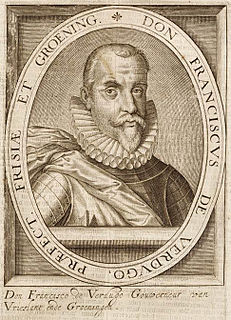 W
WFrancisco Verdugo, Spanish military commander in the Dutch Revolt, born in 1537 in, became Maestre de Campo General, in the Spanish Netherlands. He was also the last Spanish Stadtholder of Friesland, Groningen, Drenthe and Overijssel between 1581 and 1594.
 W
WLuis de Requesens y Zúñiga was a Spanish general, sailor, diplomat and politician. He served as governor of the Duchy of Milan (1572–1573) and as governor of the Spanish Netherlands (1573–1576).